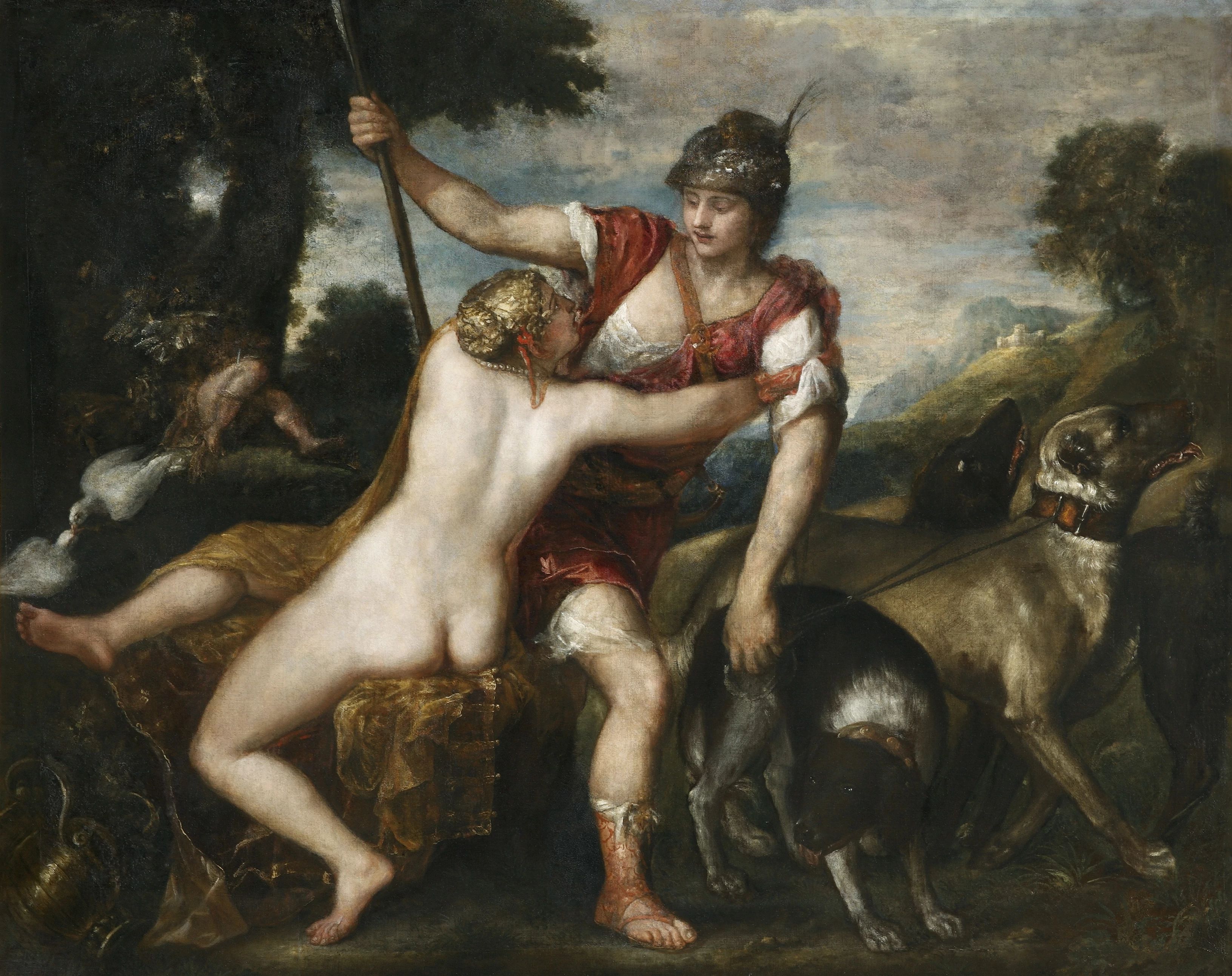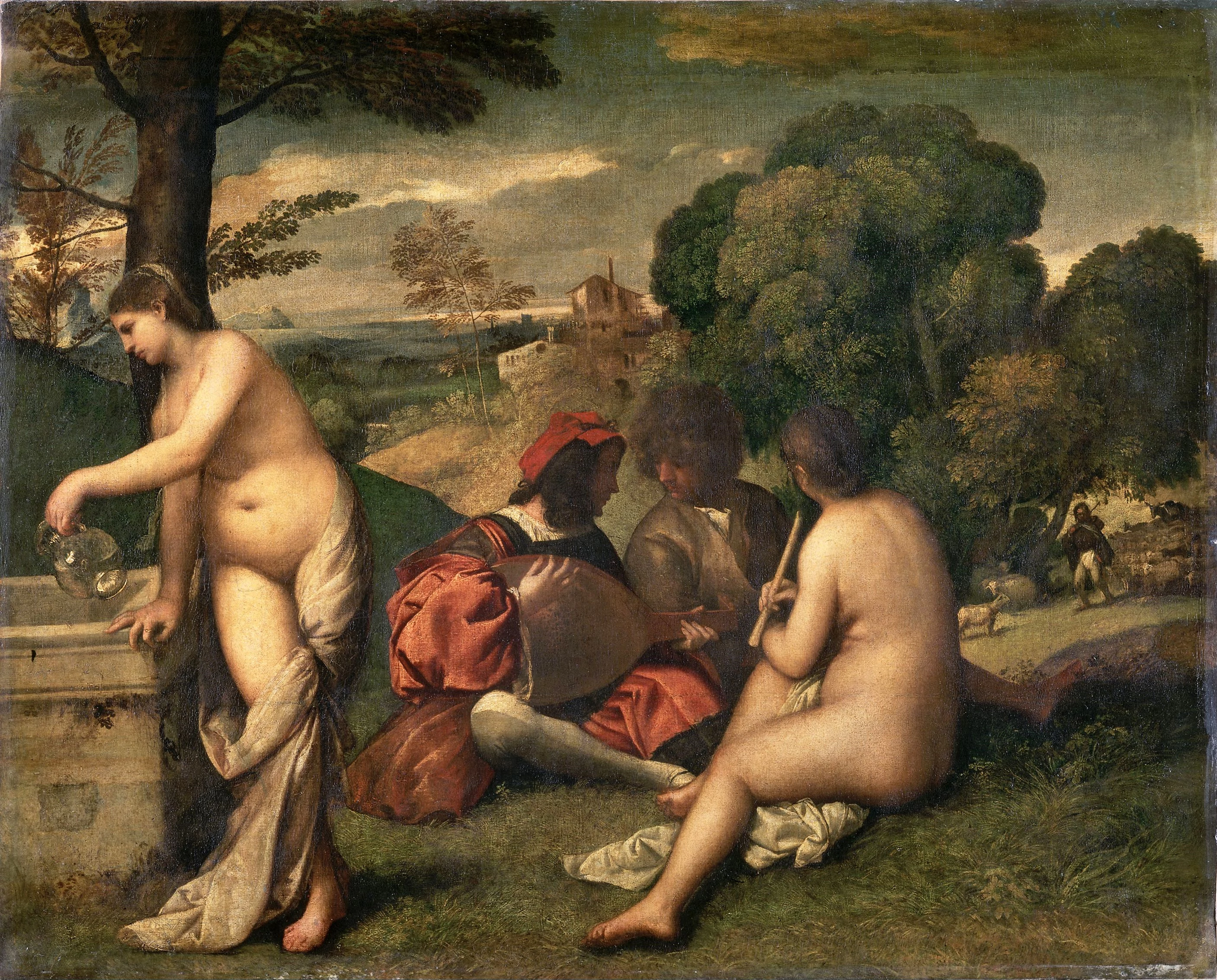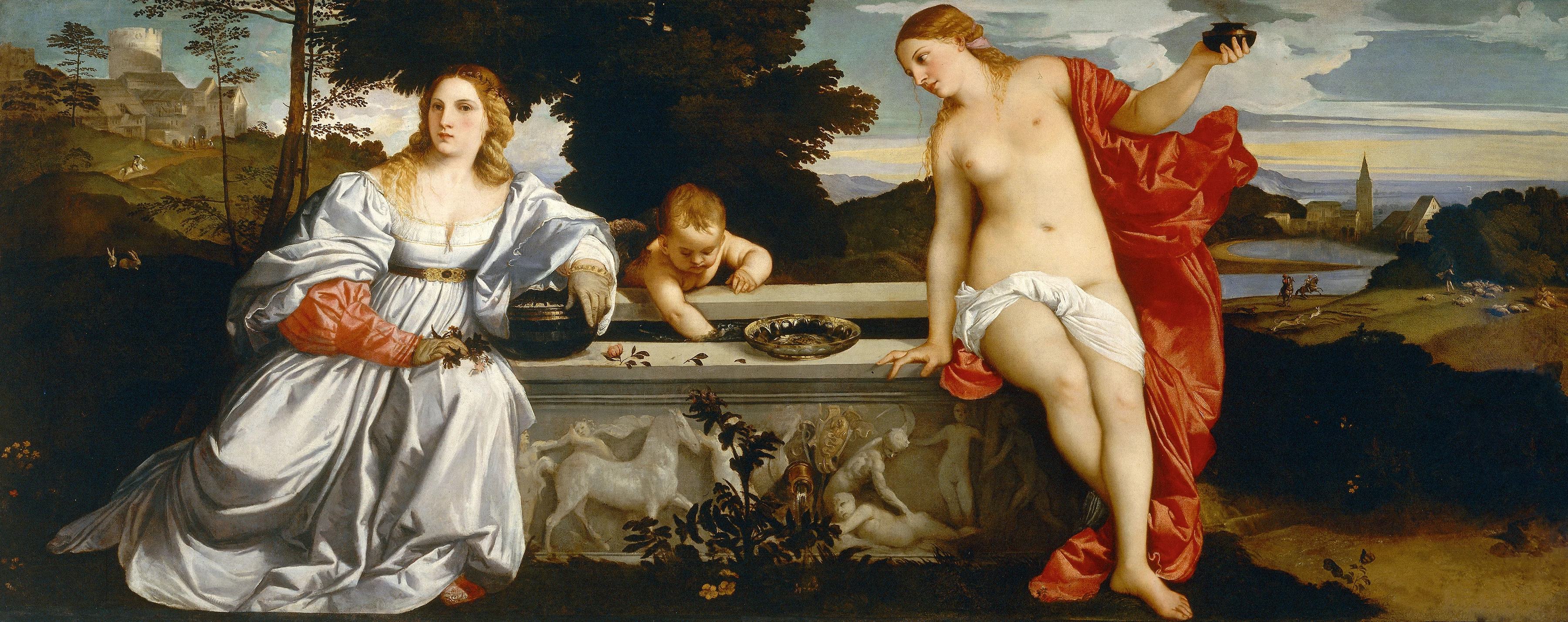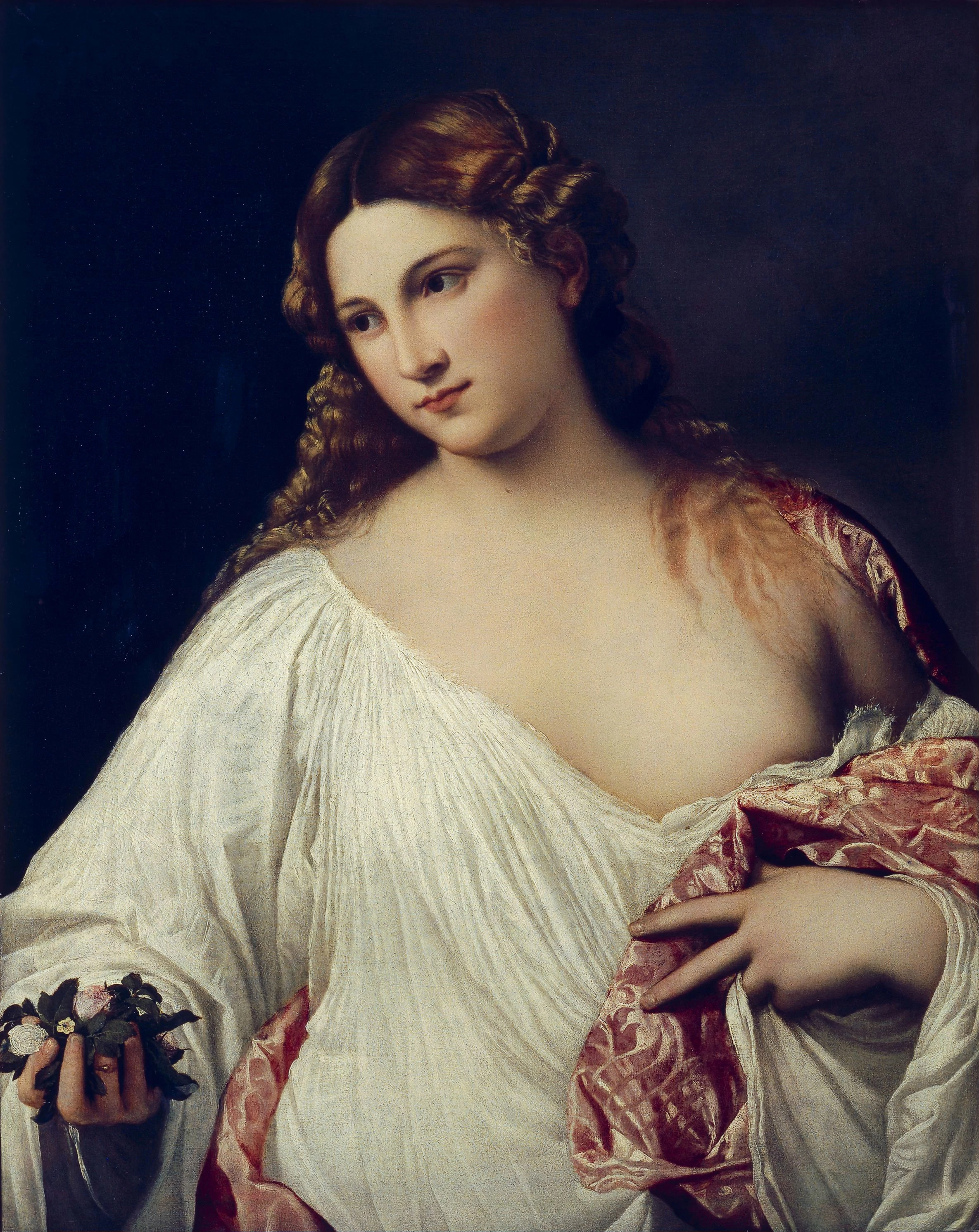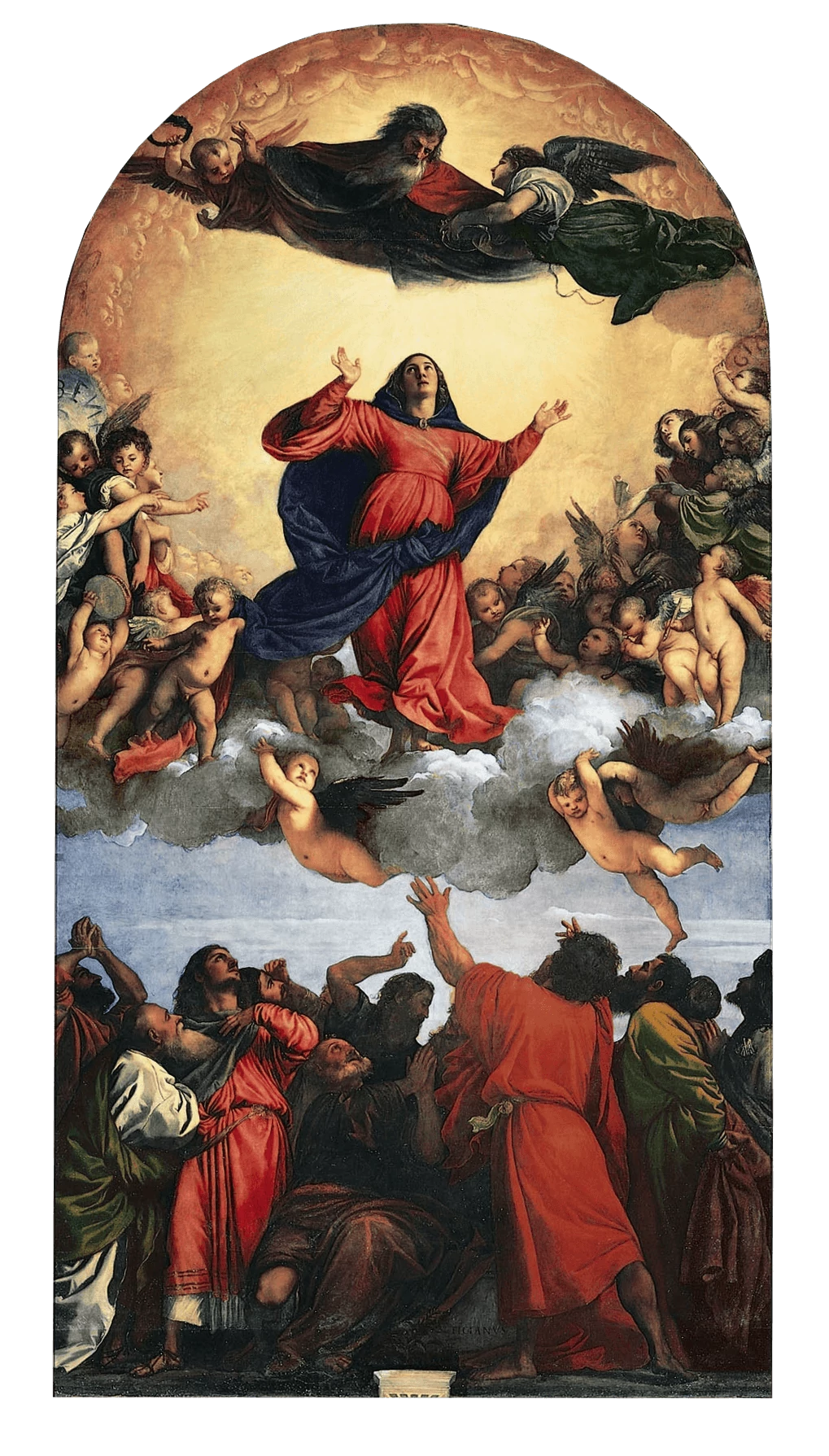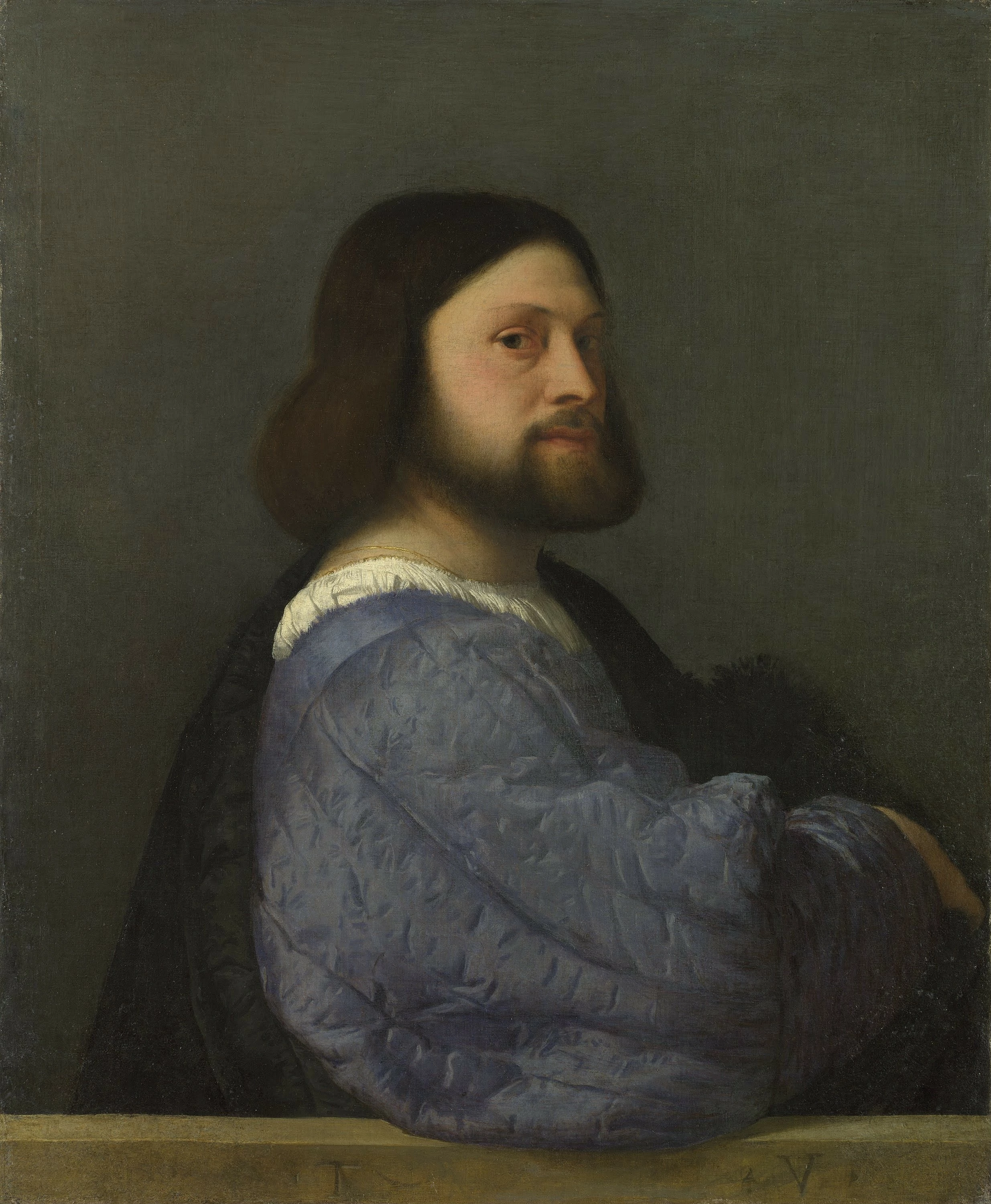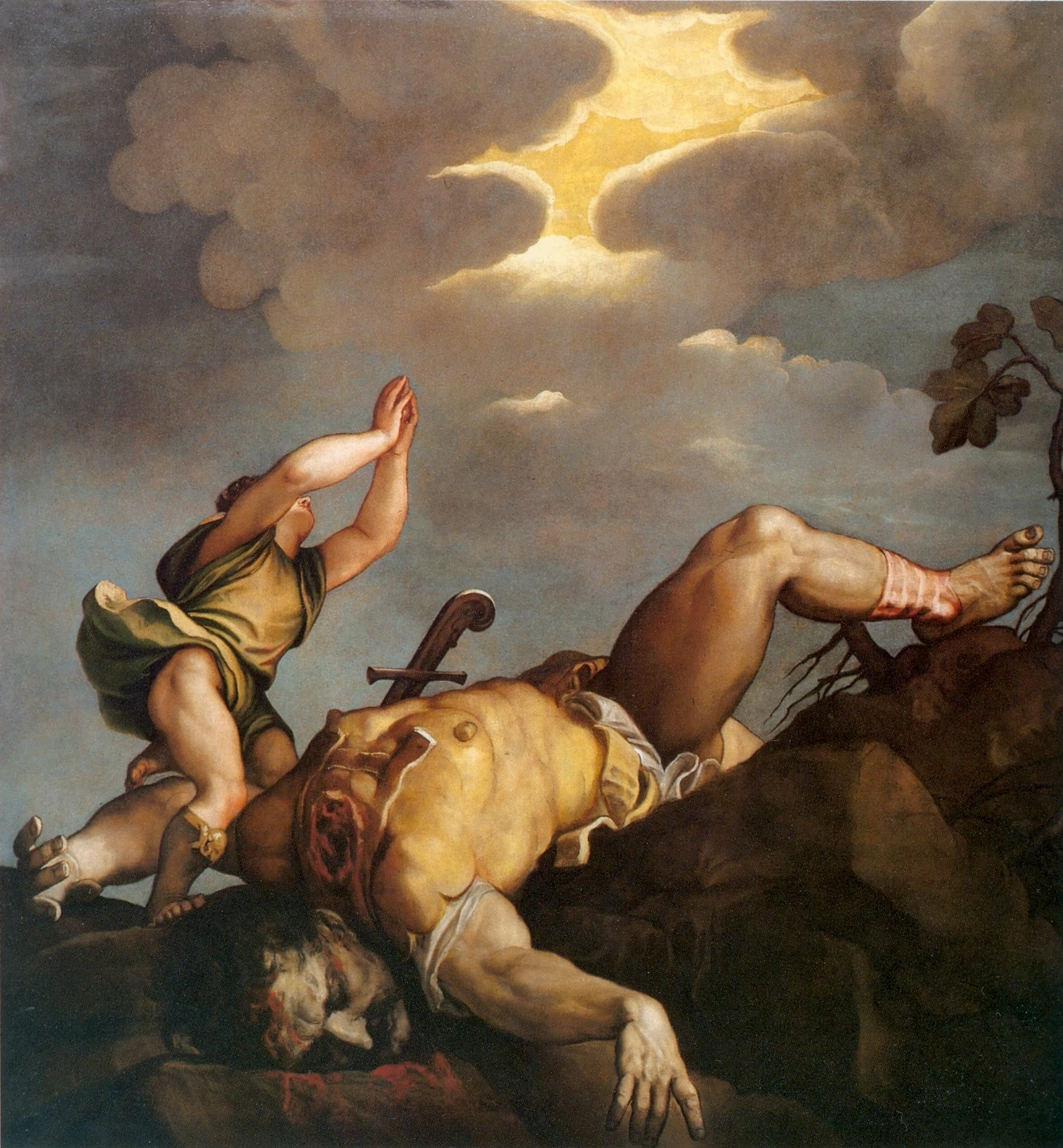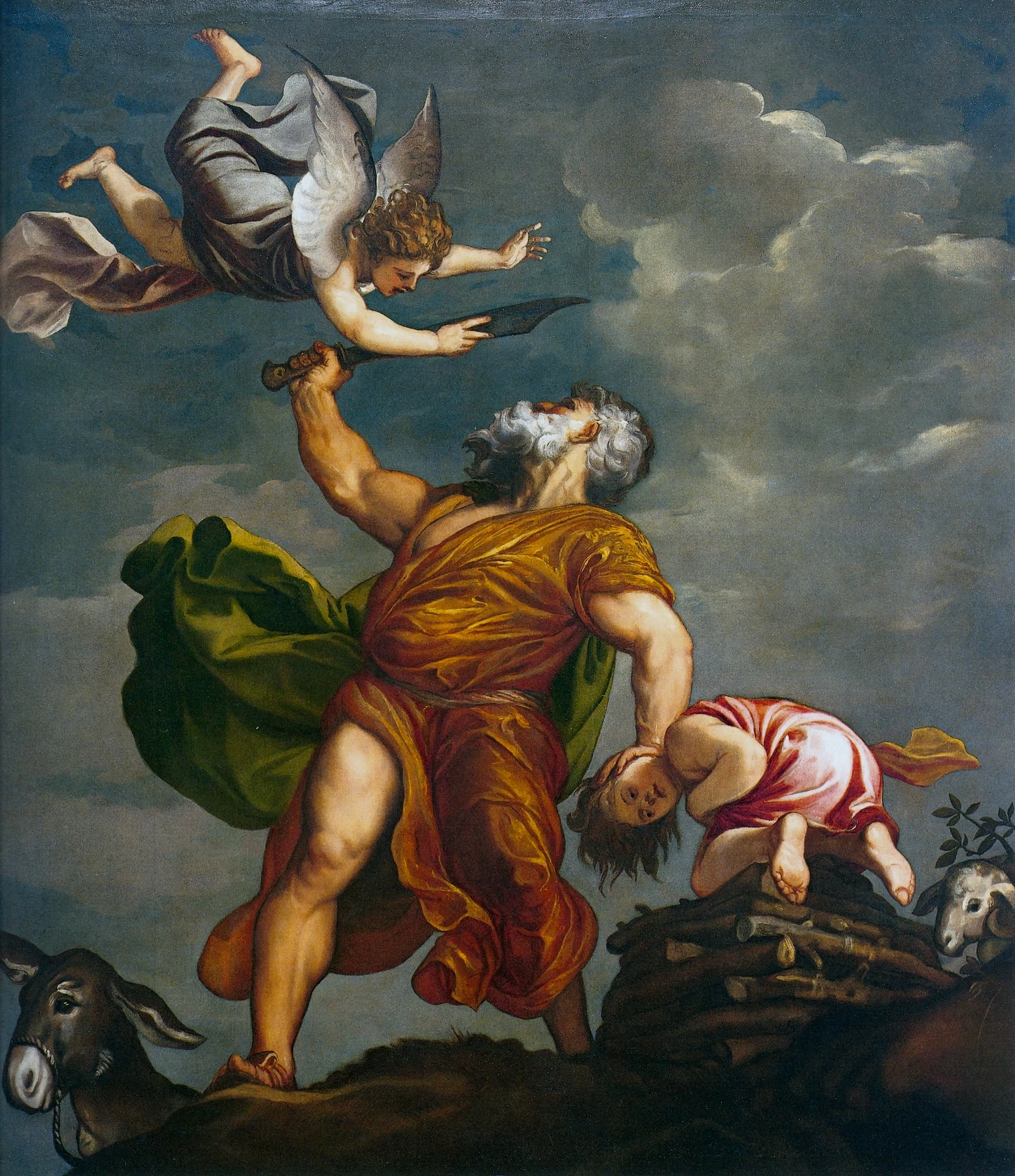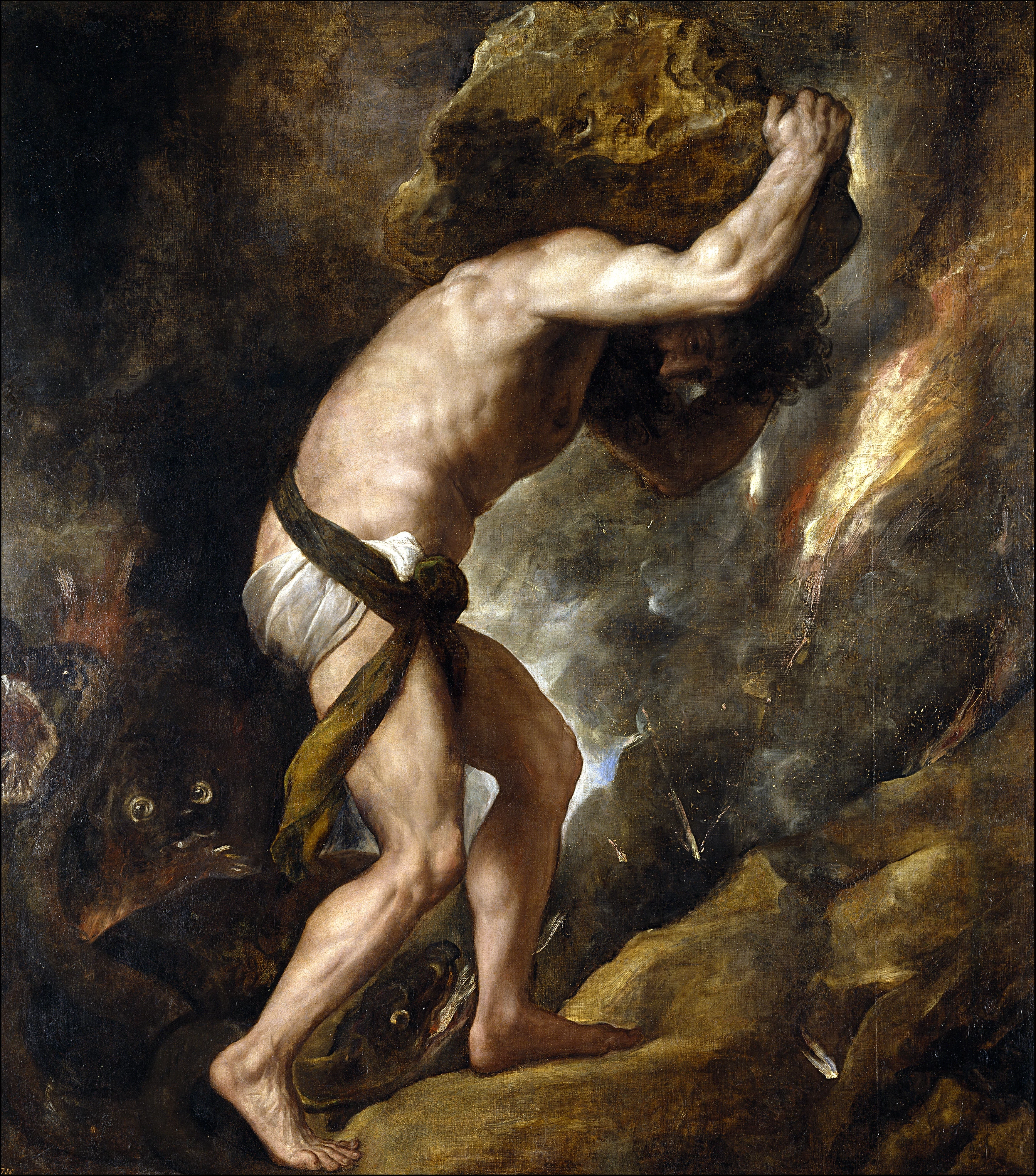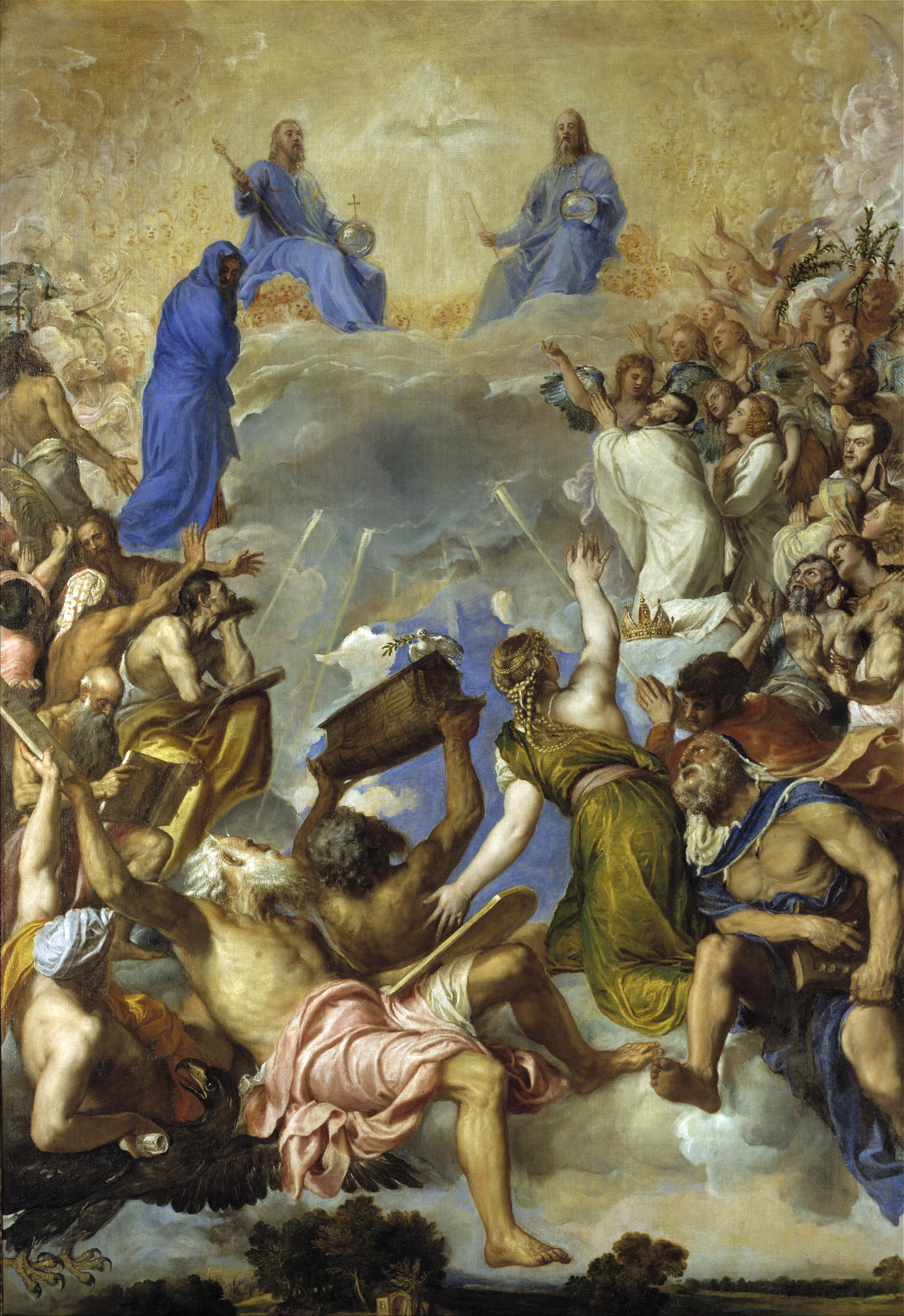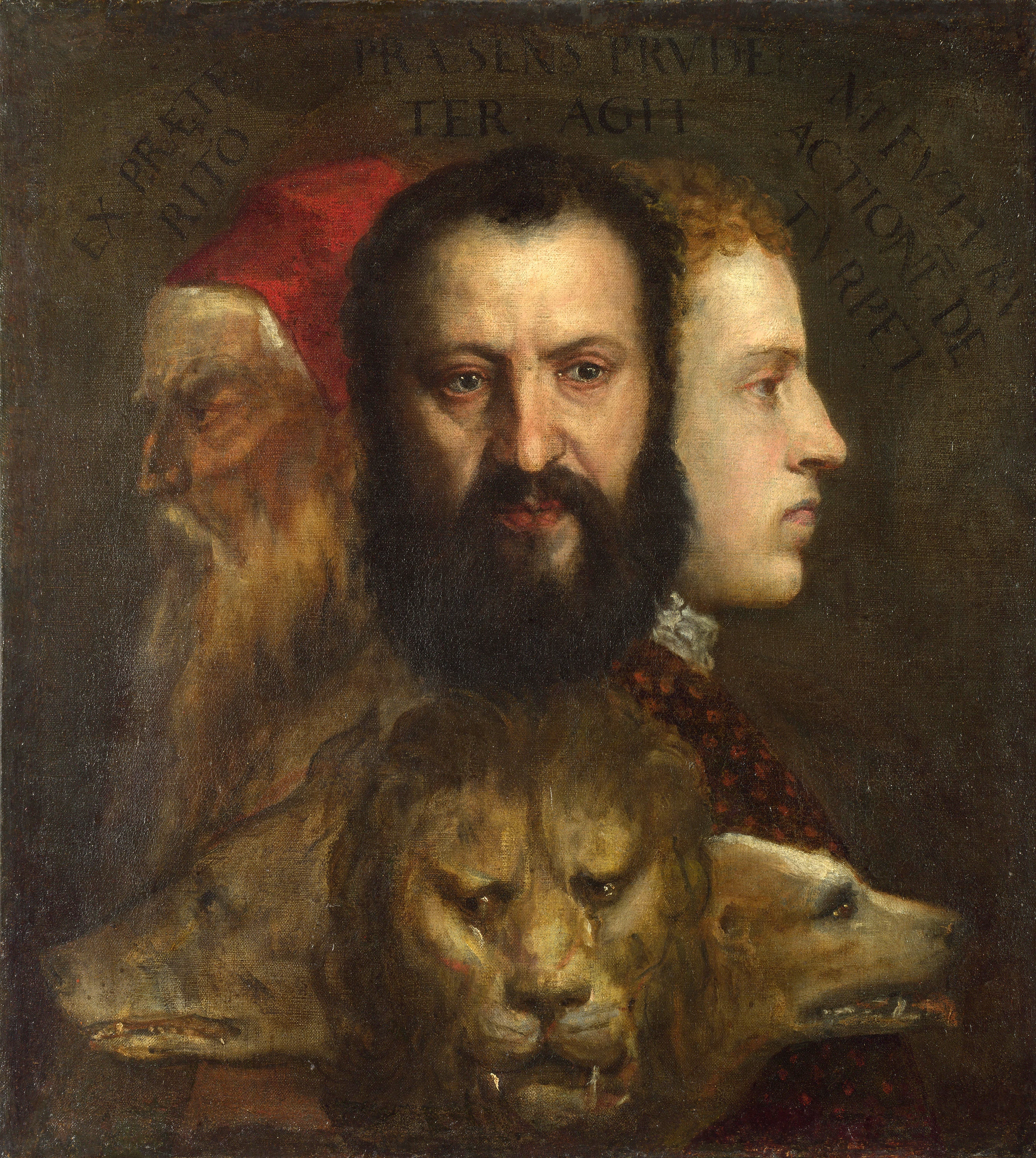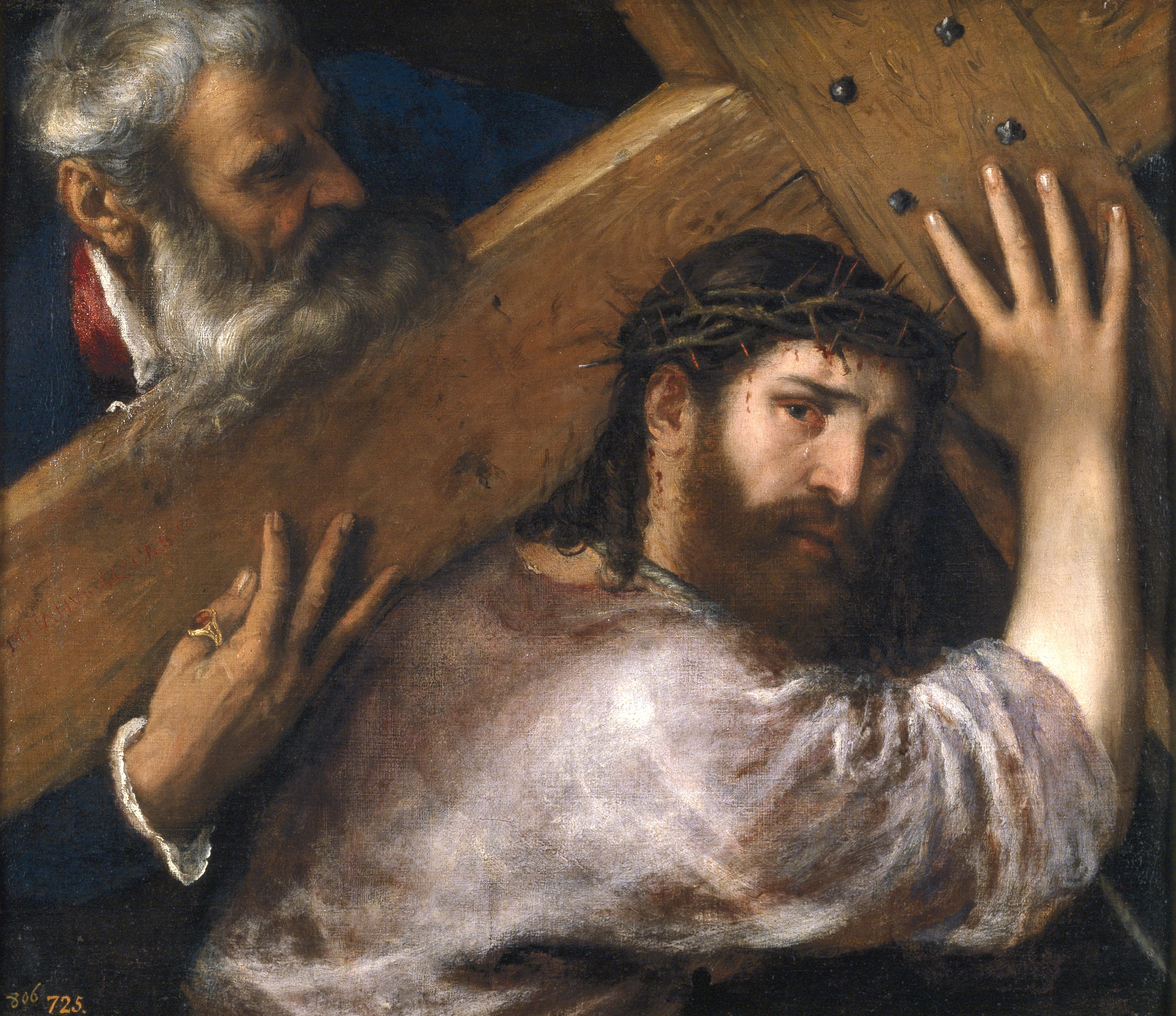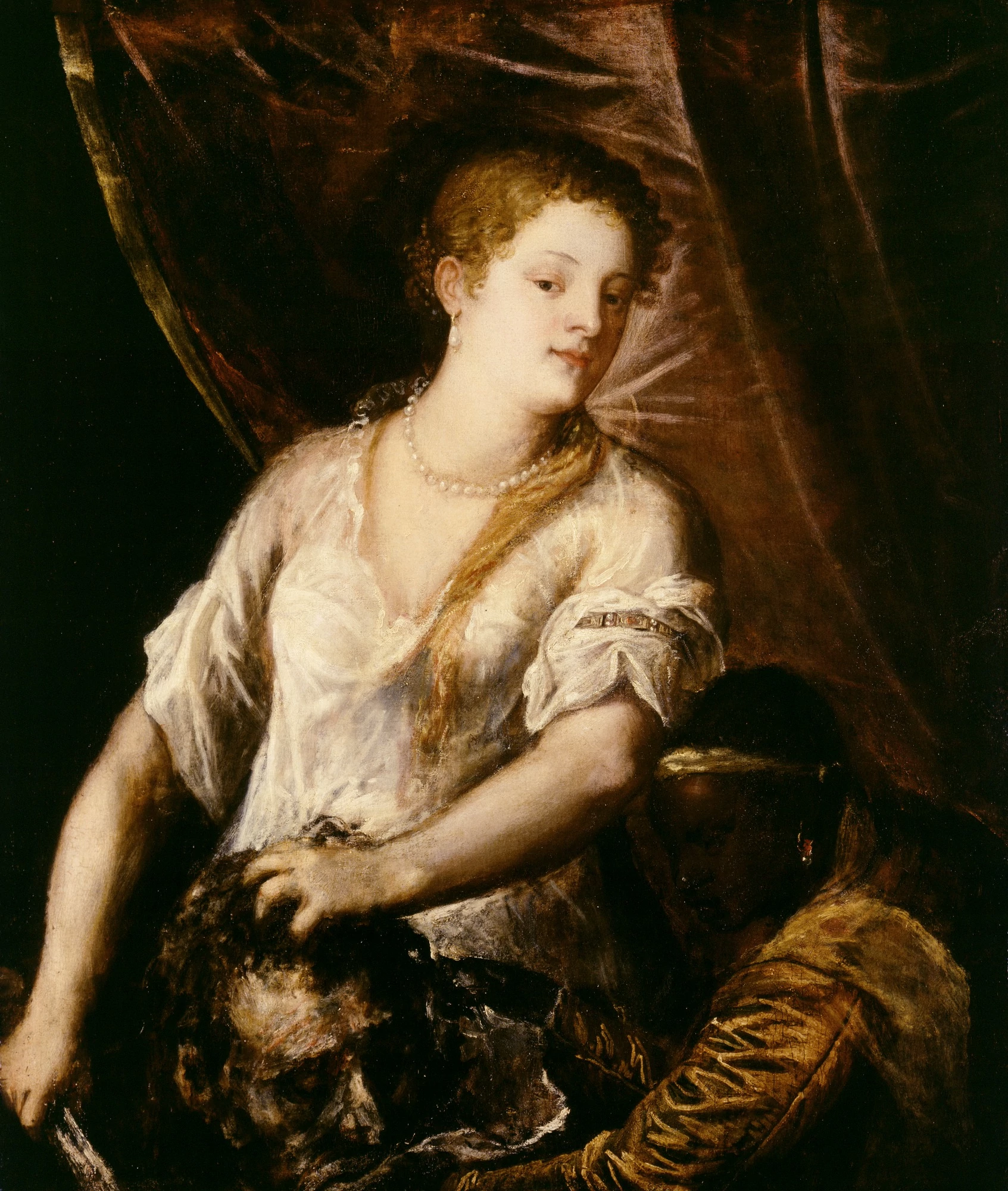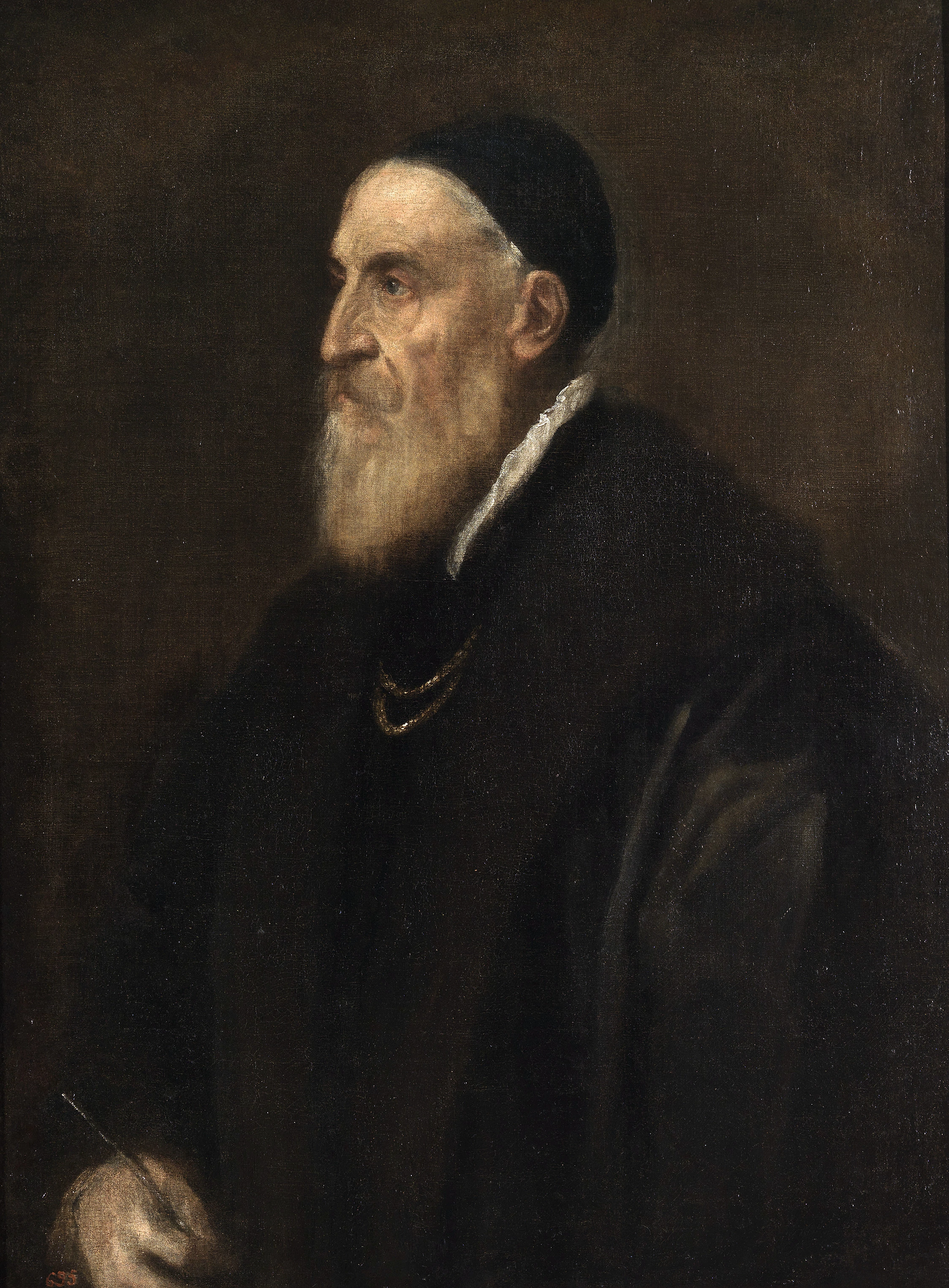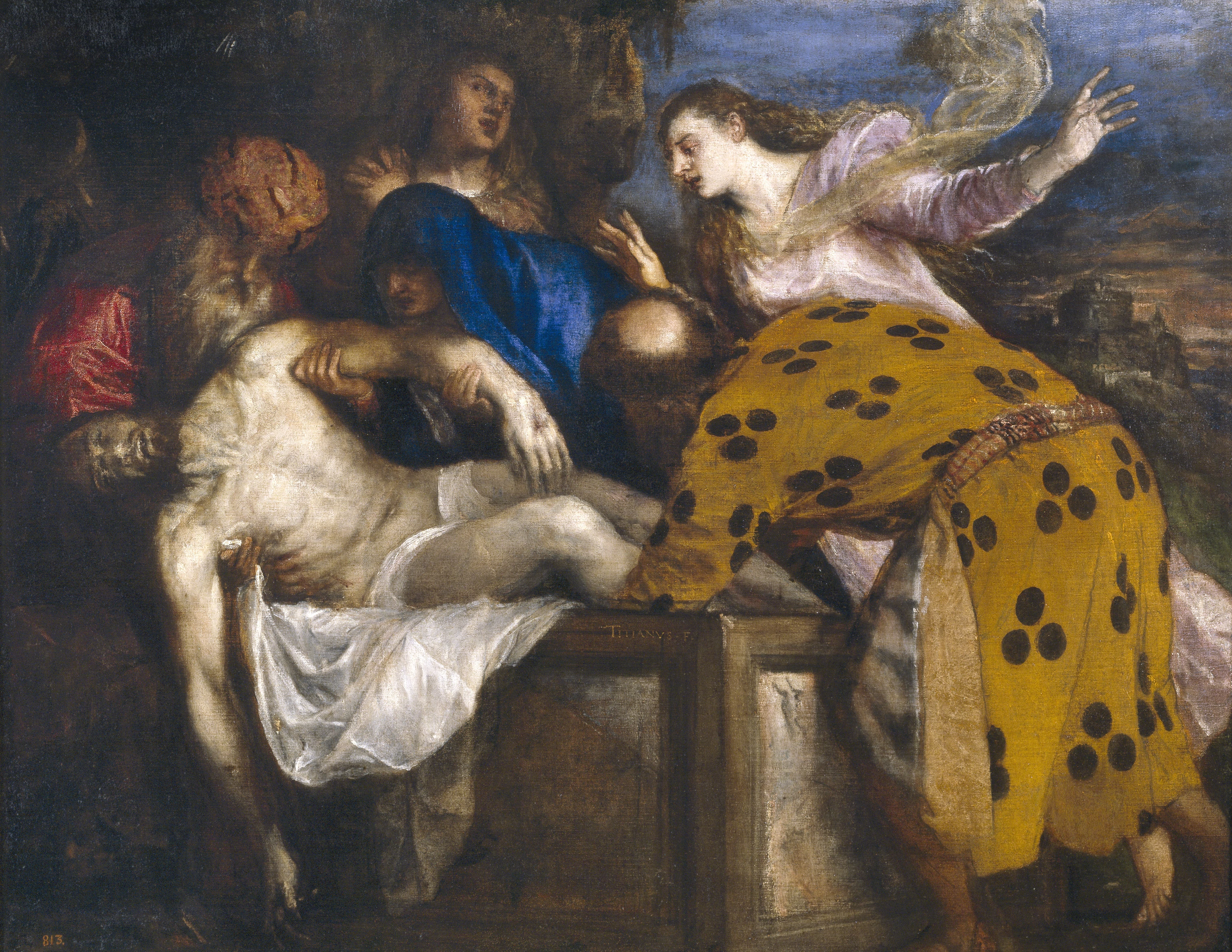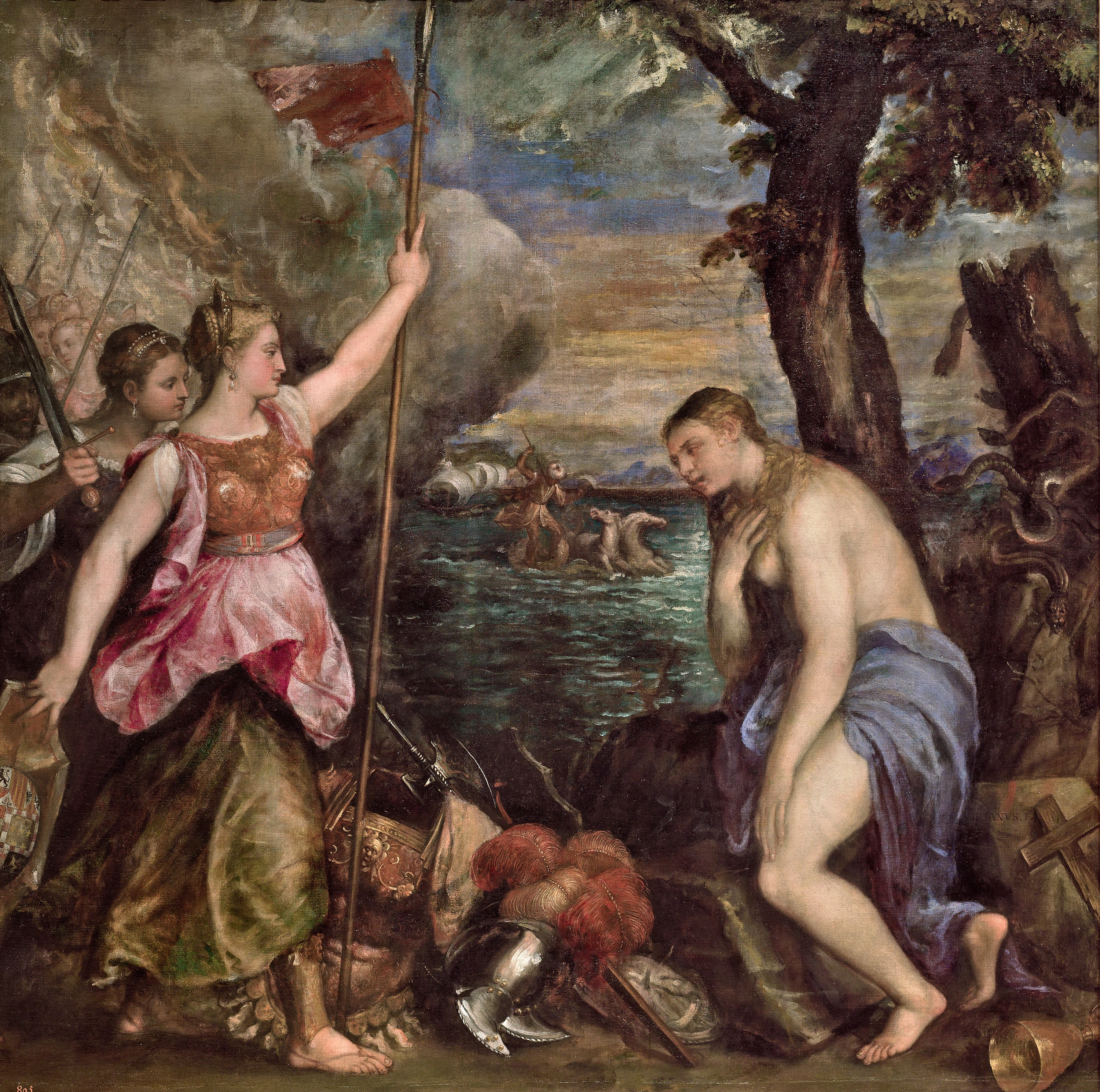Titian
"The Sun amidst small stars"

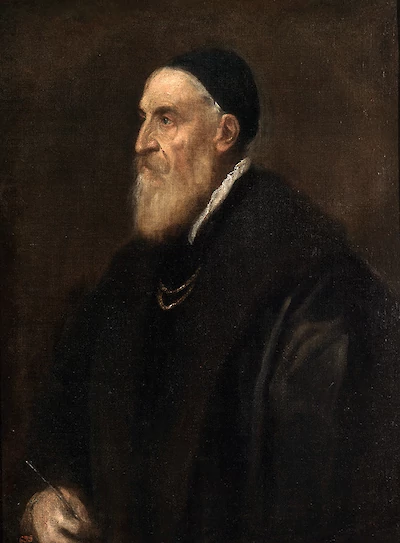


Titian, born Tiziano Vecellio, was the undisputed master of Venetian painting from the day his teacher Giorgione died in 1510. Already a formidable painter, Titian was about 22, had painted in the studios of the masters for over a decade, and was ready to stretch his wings. He completed his first recognized masterpiece, The Assumption of the Virgin, in 1518—a massive 690 x 360 cm altarpiece, and a massive commission to boot. The Assumption cemented Titian as a sought-after master of composition, bold color, and high drama.
Titian’s work made him rich. By 1540 he received a regular pension from the Marquis del Vasto, and 200 crowns per year from the Emperor Charles V. His grand religious works like The Assassination of St Peter Martyr (which was destroyed in a fire in 1867), were supported by numerous portrait commissions, where Titian brought humanity and expression to the faces of the royalty of the day.
But old age fogged the master’s brilliance. From the age of sixty, Titian became obsessed with perfection, hiding his canvases in his studio for years at a time, redrawing and retouching. In 1560, his daughter died, and Titian’s crisp outlines and bold colors were replaced with a foggy, scratchy style whose expression and melancholy can be seen as a precursor to Goya, even the expressionists. For more on Titian, you can read the biography written by his contemporary, Giorgio Vasari: The Lives of the Artists: Titian.
